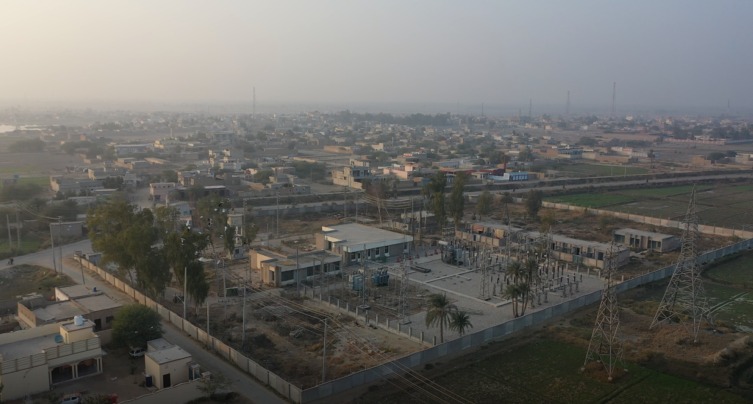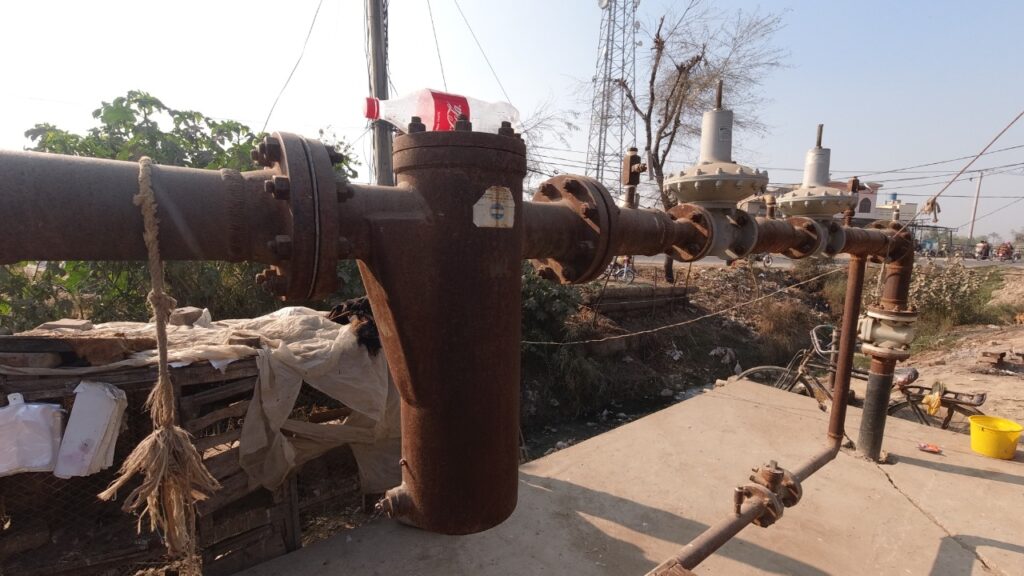ELECTRIFICATION & PROVISION OF GAS

The Leghari Group has manifested their unrealistic efforts in the district of Dera Ghazi Khan which resulted in lucrative gains for the people of this area. Pakistan produced surplus electricity with Awais Leghari’s unbelievable efforts. His endeavor had borne fruit for the country and finally entered the next stage where surplus production carried out to be through competitive bidding. The country was producing only 9,279-megawatt electricity against the demand of 11,800 megawatts when the PML-N came into power in 2013 which was an average shortfall of 2500 megawatt and almost eight to ten hours load-shedding. The companies competed in the open market on tariffs of hydel production, Similarly, the overall electricity generation in the country had gone up to 16,477 megawatt, which was about 2,700 megawatts more than the demand. The maximum number of feeders across the country turned to zero load-shedding. Approximately 15 million meter owners benefited from zero load-shedding and there would be no discrimination among the provinces or urban areas and rural areas on that counted. The feeders with below 10% power theft benefited from the zero load-shedding while other feeders were subjected to load-shedding under the rules made to check power theft. Two-hour load-shedding was observed at feeders with 10-20 percent power theft and so on. The feeders with over 80% of theft were subjected to 16 to 20 hours of load-shedding. It is to be noted that there were just 58 feeders on zero load-shedding with LESCO, which was enhanced to 102. Similarly, the zero load-shedding feeders in FESCO increased to 896 from 20, in IESCO to 710 from 72, in MEPCO to 763 from 54, in Peshawar to 309 from 60, in Hyderabad to 204 from 10, in Sukkur to 24 from 18, in KESCO to 61 from 12 and in tribal areas to 29 from zero. In his time, it was assured that with time other feeders would also be shifted to zero load-shedding in accordance with the policy.

